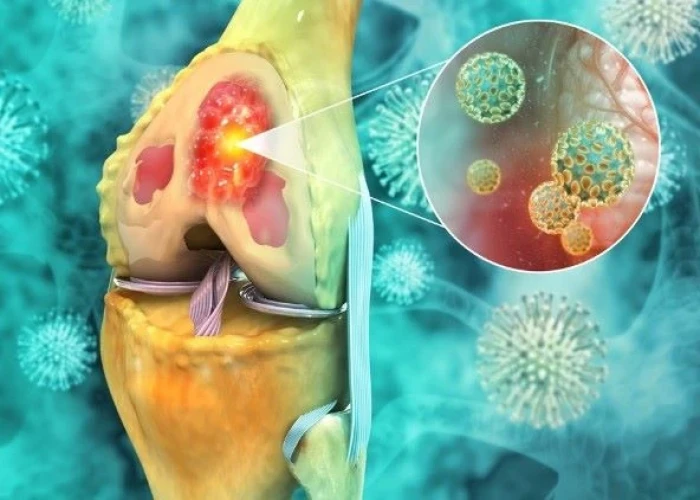 Welcome
Welcome
“May all be happy, may all be healed, may all be at peace and may no one ever suffer."
Osteosarcoma

Osteosarcoma is a type of bone cancer that usually affects the long bones in the arms and legs, but can also develop in other bones. It typically occurs in children and young adults, and is more common in males than females.
Symptoms of osteosarcoma may include:
- Bone pain that worsens over time and may be worse at night
- Swelling and tenderness around the affected bone
- Limited movement of the affected limb or joint
- Unintentional weight loss and fatigue
- Fracture of the affected bone, which may occur with minimal trauma
Diagnosis of osteosarcoma may involve a physical exam, imaging tests such as X-rays, CT scans, or MRI scans to evaluate the affected bone and surrounding tissues, and a biopsy to confirm the diagnosis.
Treatment of osteosarcoma usually involves a combination of chemotherapy and surgery to remove the affected bone and surrounding tissues. In some cases, radiation therapy may also be used.
Prognosis for osteosarcoma varies depending on the stage of the cancer and other factors, but overall survival rates have improved with advances in treatment.
Prevention of osteosarcoma is not currently possible, as the exact cause of the cancer is unknown. However, some risk factors for osteosarcoma include previous radiation therapy, certain inherited genetic conditions, and some environmental exposures.
Research Papers
Disease Signs and Symptoms
- Bone pain
- Swollen near bone
- Joint pain
- Bone injury or bone break for no clear reason
Disease Causes
Osteosarcoma
It's not clear what causes osteosarcoma. Doctors know this cancer forms when something goes wrong in one of the cells that are responsible for making new bone.
Osteosarcoma begins when a healthy bone cell develops changes in its DNA. A cell's DNA contains the instructions that tell a cell what to do. The changes tell the cell to start making new bone when it isn't needed. The result is a mass (tumor) of poorly formed bone cells that can invade and destroy healthy body tissue. Cells can break away and spread (metastasize) throughout the body.
Disease Prevents
Disease Treatments
Osteosarcoma treatment typically involves surgery and chemotherapy. Radiation therapy might be an option in certain situations.
Surgery
The goal of surgery is to remove all of the cancer cells. But planning the operation also takes into consideration how it will affect your ability to go about your daily life. The extent of surgery for osteosarcoma depends on several factors, such as the size of the tumor and its location.
Operations used to treat osteosarcoma include:
- Surgery to remove the cancer only (limb-sparing surgery). Most osteosarcoma operations can be done in a way that removes all of the cancer and spares the limb so that function can be maintained. Whether this procedure is an option depends, in part, on the extent of the cancer and how much muscle and tissue need to be removed.
- If a section of bone is removed, the surgeon will reconstruct the bone. The method of reconstruction depends on your particular situation, but options include metal prosthetics or bone grafts.
- Surgery to remove the affected limb (amputation). With advancements in limb-sparing surgery, the need for amputation — removing a limb or part of a limb — has greatly reduced over the years. If amputation is necessary, advances in prosthetic joints can significantly improve outcomes and function.
- Surgery to remove the lower portion of the leg (rotationplasty). In this surgery, sometimes used for children who are still growing, the surgeon removes the cancer and surrounding area, including the knee joint. The foot and ankle are then rotated, and the ankle functions as a knee. A prosthesis is used for the lower leg and foot. Results typically enable the person to function very well in physical activities, sports and daily living.
Chemotherapy
Chemotherapy uses drugs to kill cancer cells. Chemotherapy treatment usually combines two or more drugs that can be administered as an infusion into a vein (IV), in pill form, or through both methods.
For osteosarcoma, chemotherapy is often recommended before surgery (neoadjuvant therapy). Doctors monitor how the cancer cells respond to the chemotherapy in order to plan further treatments.
If the osteosarcoma shrinks in response to the chemotherapy, it may make limb-sparing surgery possible.
If the osteosarcoma doesn't respond to treatment, it may indicate the cancer is very aggressive. Doctors may recommend a different combination of chemotherapy drugs or suggest a more aggressive operation to ensure all the cancer is removed.
Chemotherapy can also be used after surgery to kill any cancer cells that might remain.
If osteosarcoma returns after surgery or spreads to other areas of the body, chemotherapy might be recommended to try to slow the growth of the disease.
Radiation therapy
Radiation therapy uses high-energy beams, such as X-rays and protons, to kill cancer cells. Radiation might be an option in certain situations, such as when surgery isn't possible or if surgeons can't remove all of the cancer during an operation.
During radiation therapy, the beams of energy are delivered from a machine that moves around you as you lie on a table. The beams are carefully directed to the area of the osteosarcoma in order to reduce the risk of damage to surrounding healthy cells.
Clinical trials
Clinical trials are studies to investigate new ways of treating cancer. Ask your doctor or your child's doctor about whether you may be eligible to join a trial.
Disease Diagnoses
Disease Allopathic Generics
Disease Ayurvedic Generics
Disease Homeopathic Generics
Disease yoga
Osteosarcoma and Learn More about Diseases
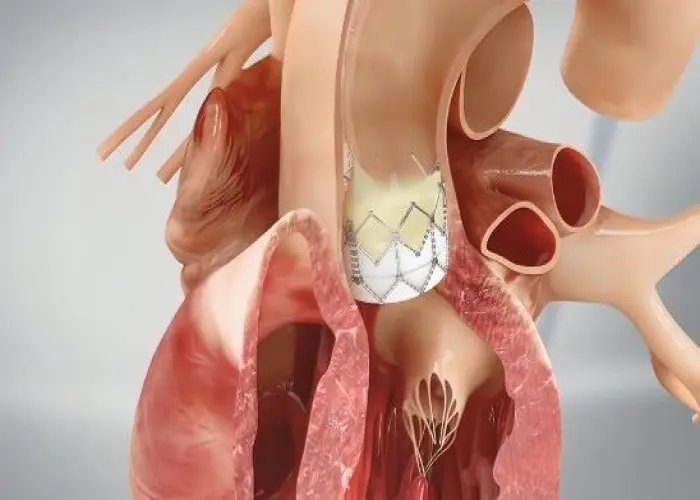
Heart valve disease

Nonmelanoma skin cancer
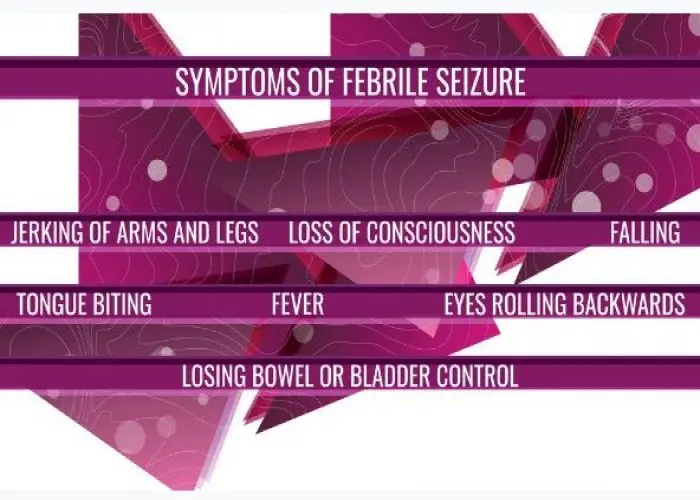
Febrile seizure

Cerebral palsy
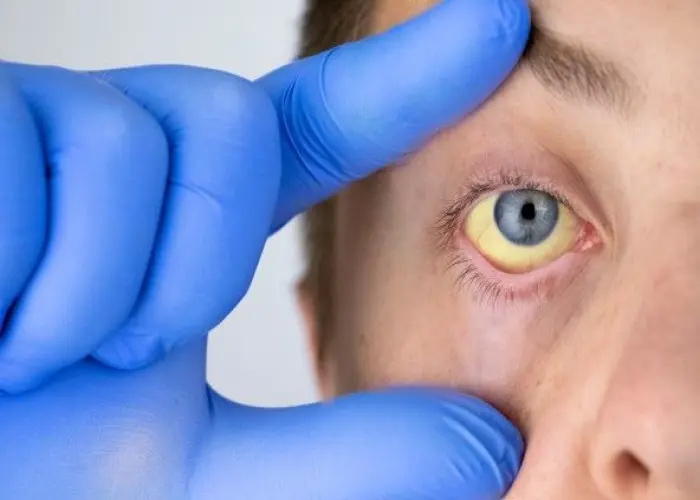
Gilbert's syndrome
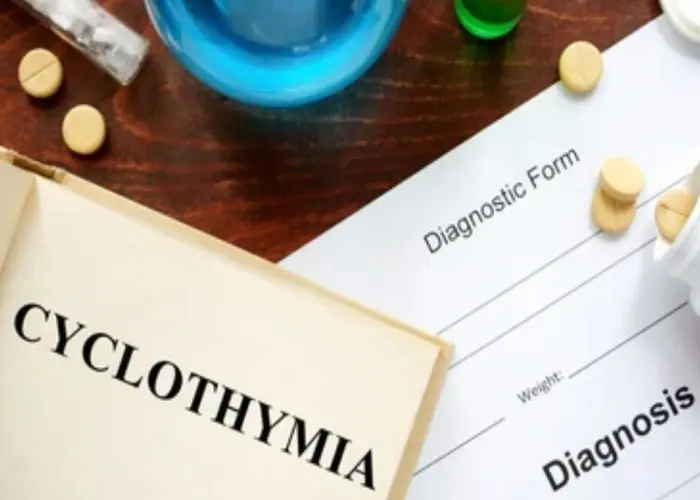
Cyclothymia (Cyclothymic Disorder)

Agoraphobia

Brachial plexus injury
osteosarcoma, অস্টিওসারকোমা
To be happy, beautiful, healthy, wealthy, hale and long-lived stay with DM3S.
